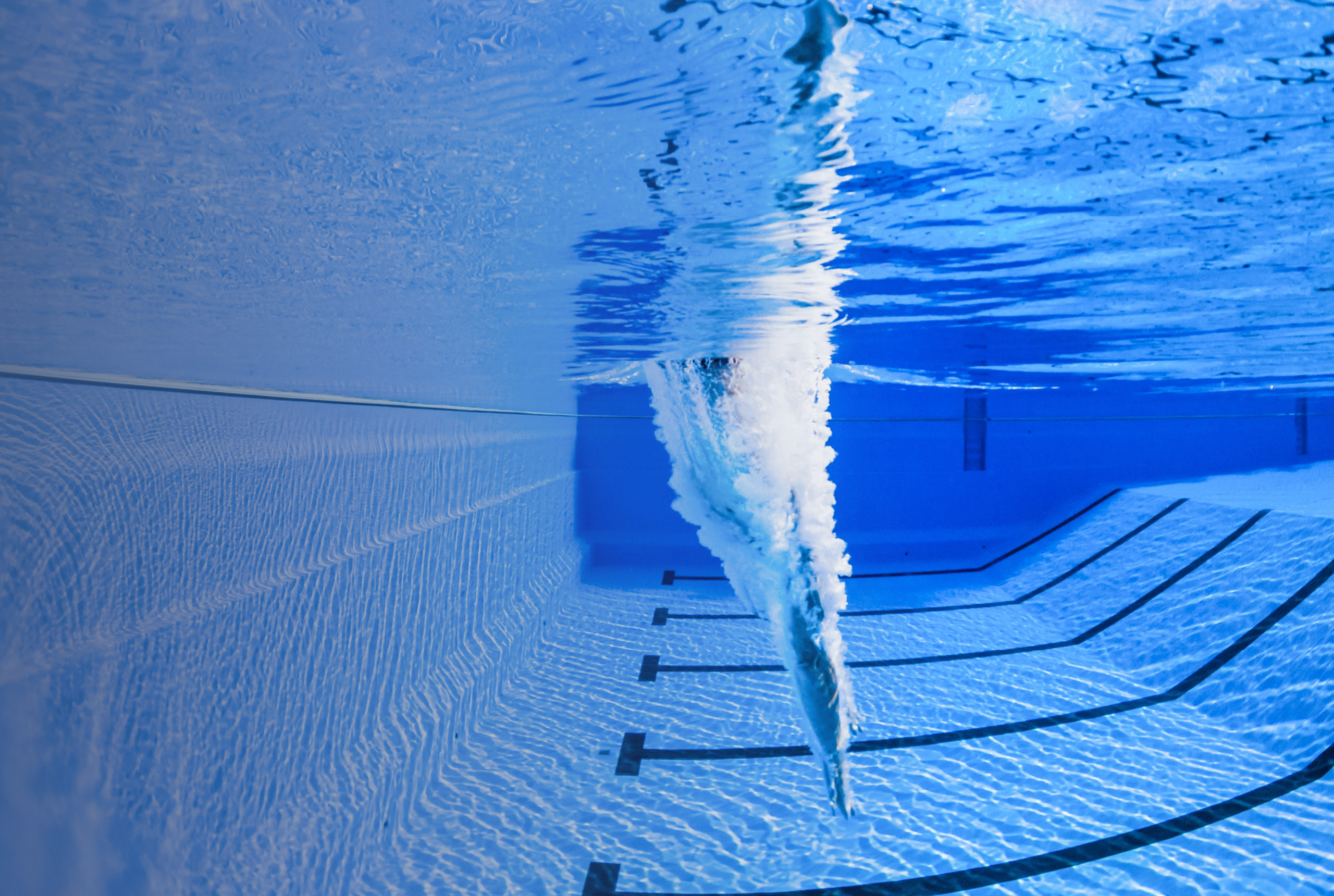
ENVIRONMENTAL & WASTE MANAGEMENT ANALYTICS IN THE AREA
Swimming and bathing pools, small bathing ponds, bathing waters, water playgrounds
According to the Infection Protection Act, both drinking water and swimming and bathing pool water must not pose a risk to human health. To avoid health risks, DIN 19643-1 outlines the hygiene requirements for operating swimming and bathing pool water in indoor and outdoor pools.
For natural bathing waters, the guidelines are laid out in the EU Bathing Water Directive, while small swimming ponds are subject to a recommendation from the German Federal Environment Agency. Water playgrounds are also held to specific hygiene standards, according to DIN 18034.
As a result, operators of public and commercial facilities must fulfill various testing obligations.
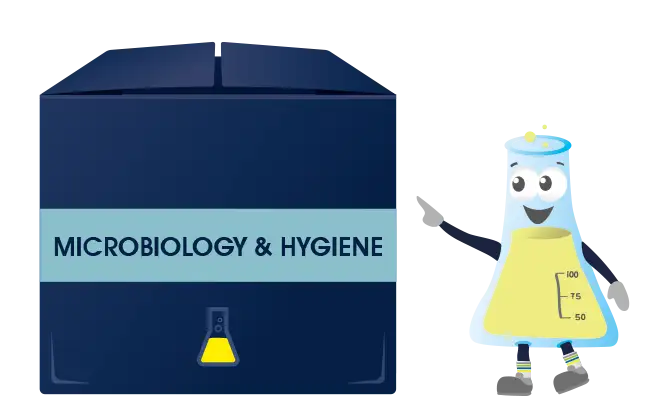
We offer microbiological and chemical analysis of waters from indoor and outdoor pools, natural swimming pools, other natural waters, liner ponds, whirlpools, therapy pools, and more.
Planning of required sampling: We track the authority requirements and ensure your recurring testing schedules are met!
Sampling by qualified, experienced lab staff
Qualified analysis in our accredited laboratory
Preliminary reports in the event of microbiological exceedances
Communication with authorities and consultation
Chlorination in public swimming pools ensures germ-free water, but byproducts from the reaction between chlorine and organic substances like sweat or urine can pose health risks.
What does it smell like here? Trihalomethanes (THM): These can accumulate in the air of indoor pools and may have toxic effects on the liver and kidneys at high concentrations.
Bound chlorine: This is a sum parameter for various chlorine byproducts like chloramines, which can strongly irritate the eyes, nose, and bronchi (the typical "swimming pool smell").
Chlorate: A breakdown product of chlorine that can damage red blood cells and kidneys
We offer on-site measurement of key parameters, such as free and bound chlorine, using sample containers with pre-applied preservatives to ensure accurate results during subsequent laboratory testing.
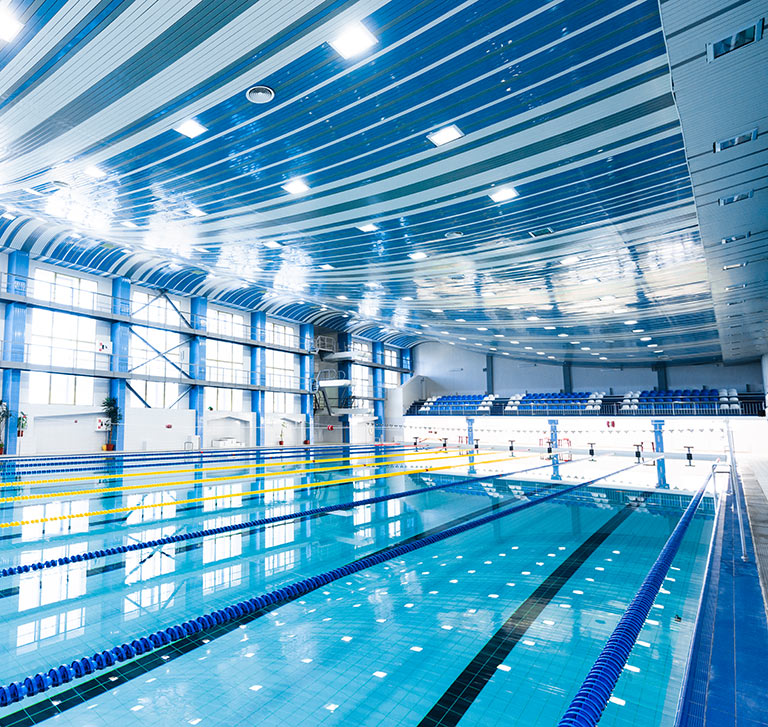
All natural, all good? Who doesn’t enjoy a swim in a forest lake or a natural swimming pond?
To ensure clean water, German bathing waters are monitored monthly during the swimming season for oxygen levels and indicator bacteria. If bacterial contamination exceeds the limits set by the Bathing Water Directive, a temporary swimming ban may be imposed. However, over 90% of German bathing waters are certified as having excellent water quality every year.
On-site oxygen level determination
Testing for E. coli and Enterococci within one day
Fast analysis and prompt result delivery for quick response times
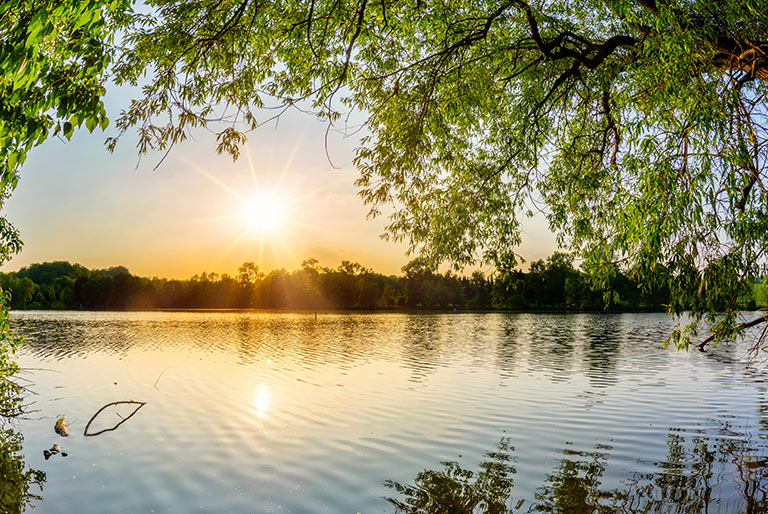
Small swimming ponds are artificial outdoor swimming and bathing pond systems sealed off from the ground. Water treatment occurs solely through natural purification processes and filtration, without disinfection.
Because small swimming ponds have less water exchange compared to natural bathing waters, the microbiological standards are stricter, with monitoring required every 14 days. On-site checks of water temperature and visibility depth also provide insight into water quality.
On-site temperature and visibility depth measurements
Testing for E. coli, Enterococci, and Pseudomonas aeruginosa within one day
Timely result delivery to operators and authorities
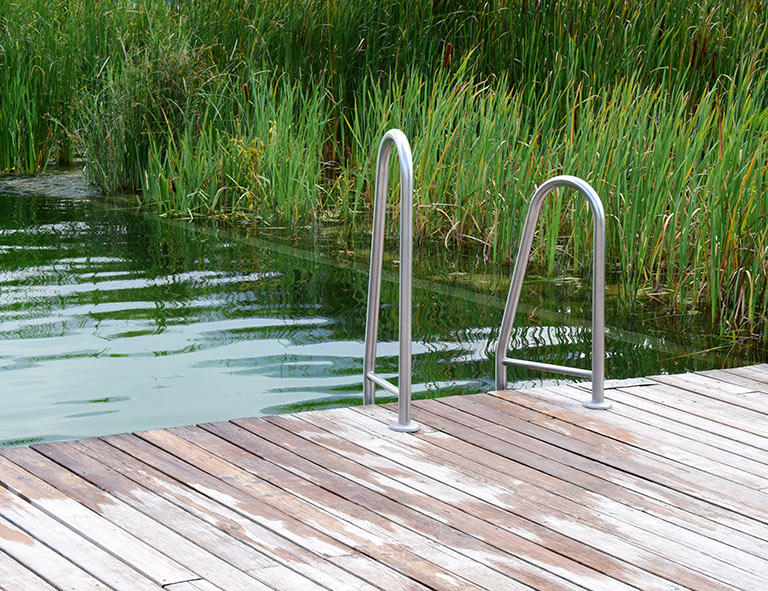
Children love nothing more than playing with water and mud. To ensure this enjoyment is safe, DIN 18034:2020 sets guidelines for the use of water on playgrounds. Along with a maximum allowable water depth, hygiene aspects must also be considered. Water from standing bodies or pipes must meet bathing water quality standards according to the relevant state regulations. Regular testing is required to ensure safety.
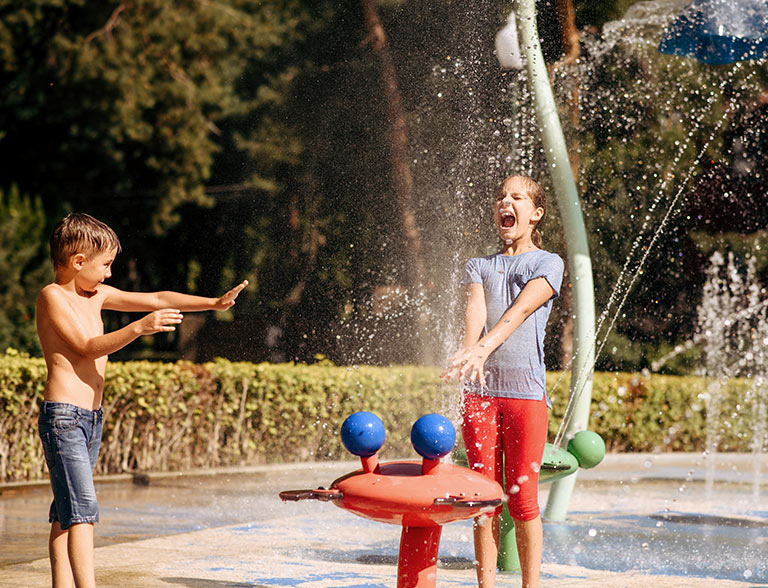
For enquiries about these analyses, please contact our laboratory team at anfrage@industrial-lab.de or get in touch with your contact person:
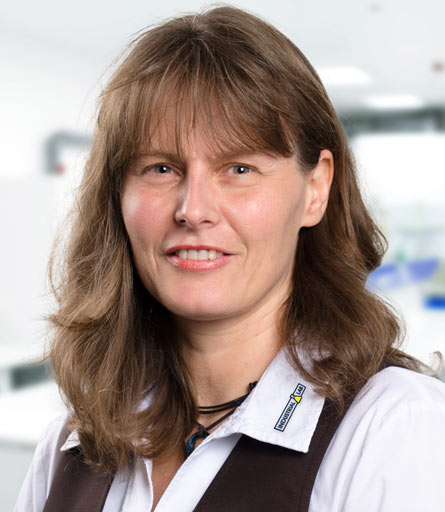
Head of department
Microbiology
02762 9740 - 83
Send e-mail
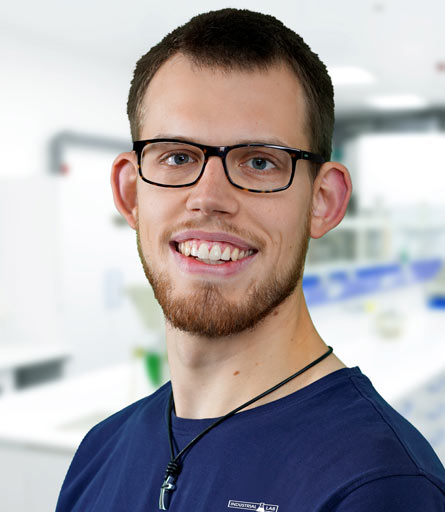
Microbiology
02762 9740 - 31
Send e-mail